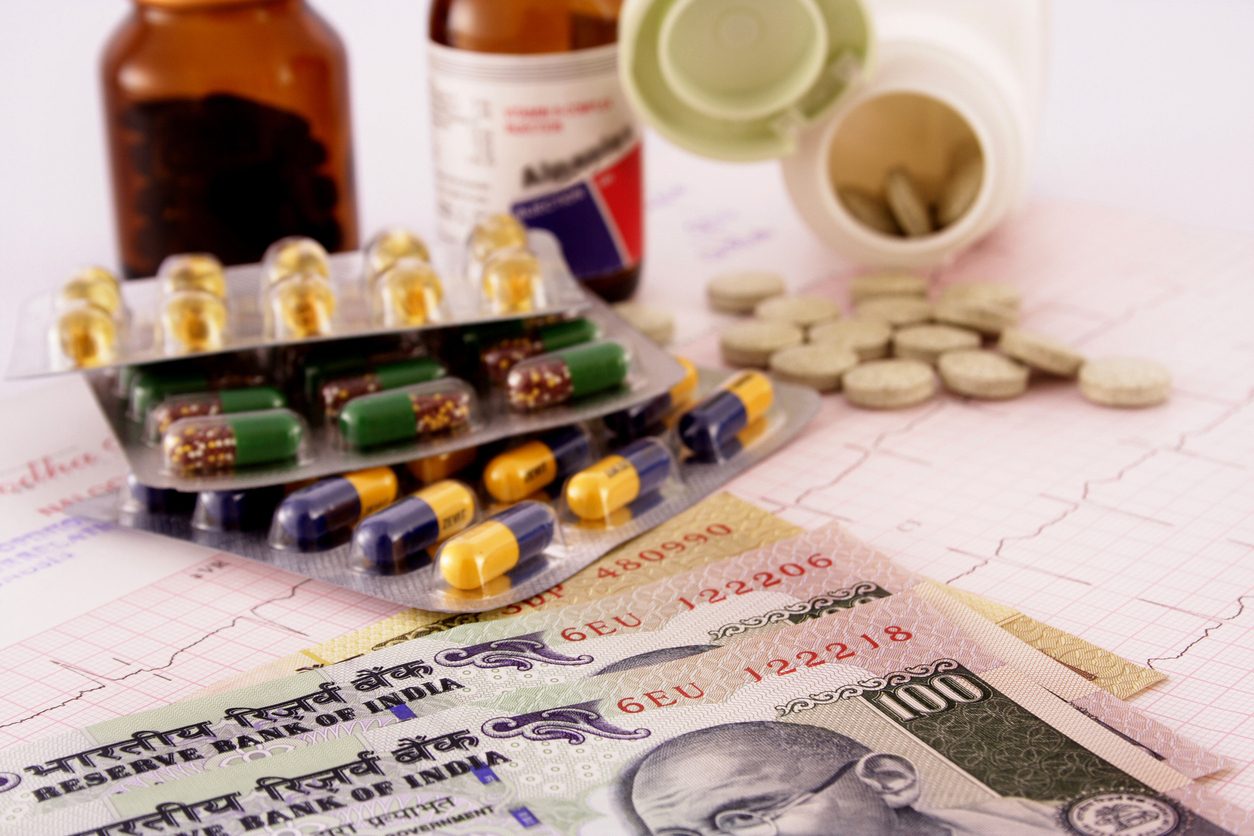
Availability of essential medicines to treat childhood cancers far below the WHO prescribed standards in the National Capital
Limited access to essential medicines for treating chronic diseases is a major challenge in low and middle-income countries. Although India is the largest manufacturer of generic medicines, there is a paucity of information on availability, price and affordability of essential anti-cancer medicines used for treating childhood cancers.
A new study entitled “Evaluating access to essential medicines for treating childhood cancers: a medicines availability, price and affordability study in New Delhi, India” has now revealed that availability of essential anti-cancer medicines to treat childhood cancers in both public and private sector pharmacies in the national Capital is far below the WHO prescribed standards. The study was led by The George Institute for Global Health in collaboration with the University of Sydney, Cankids India, Max Super Speciality Hospital, and Boston University School of Public Health.
The study-- which has been published in the journal BMJ GlobalHealth -- used a modified WHO/Health Action International methodology to collect data on availability and price of 33 strength-specific anti-cancer essential medicines and 4 non-cancer essential medicines. Seven hospitals -- 4 public and 3 private -- and 32 private-sector retail pharmacies were surveyed. Median prices were calculated by comparing consumer prices with international reference prices.
On average, the mean availability of essential anti-cancer medicines in the survey hospitals and retail pharmacies combined was 70 per cent. Mean availability of essential anti-cancer medicines was 38 per cent in retail pharmacies, 43 per cent in public hospital pharmacies and 71 per cent in private hospital pharmacies.
“Mean availability of essential anti-cancer medicines across all hospitals and pharmacies surveyed was less than the WHO’s target of 80 per cent,” says the paper’s principal author, Ms Neha Faruqui of the George Institute for Global Health and the University of Sydney. “Medicine prices were relatively low in Delhi compared with international reference prices. However, the cost of chemotherapy medicines seems unaffordable in the local context,”
"When calculated using the lowest (and most-sold) generic price offered in pharmacies, the estimated cost of chemotherapy medicines needed for treating a 30 kg child with standard-risk leukaemia was INR 27 850 (US$442) and INR 17 500 (US$278) for early stage Hodgkin’s lymphoma, requiring 88 and 55 days’ wages, respectively, for the lowest paid government worker,” study collaborator and Paediatric Oncologist, Dr Ramandeep Arora. If the patient/family is not offered any pharmacy discount and had to buy the same medicines at maximum retail price, they require an extra 12 days’ wages for both diseases. This again significantly increases if the disease is high-risk. Other non-communicable diseases such as diabetes and hypertension require 3-9 days’ wages on average for a month’s supply of medicines, as reported in other surveys.
“Low availability and poor affordability of anti-cancer essential medicines highlight the need to streamline public sector and private sector medicine procurement and supply systems,” Neha says, adding: “Government insurance schemes and discount pharmacy initiatives should expand the inclusion of essential anti-cancer medicines, as a way towards limiting the catastrophic out-of-pocket expenditure associated with cancer treatment.”
The study surveyed the strengths and dosages of medicines on the WHO Essential Medicines list. Some of the surveyed medicines were listed with alternate dose strengths on the National essential medicines list and so were not surveyed.
“Availability is low in the capital city of India which can be considered the best case scenario for access to anti-cancer medicines. We don’t expect availability to be higher in other states,” says Associate Prof Rohina Joshi, the paper’s senior-author, adding: “Even though the study has been done in the context of availability of medicines to treat childhood cancers, our findings can be generalized to essential anti-cancer medicines as the list of anti-cancer medicines on WHO essential medicines list are similar for children and adults.”
Here is a summary of the study findings:
Availability of essential anti-cancer medicines
- Low in public, higher in private: but overall both less than WHO’s recommended target of 80 per cent.
- Only three anti-cancer essential medicines were available on the Jan Aushadhi website
Price
- Jan Aushadhi prices are much lower than retail pharmacies
- Compared to public-sector procurement prices, a patient would pay 2 times and 2.9 times for anti-cancer and non-cancer medicines in the private-sector. Therefore, initiatives to improve public-sector medicines availability are needed.
Affordability
- Catastrophic expenditures occur for the lowest paid government worker in India: There was a considerable difference in the number of days' wages needed to purchase lowest-priced generics vs those at maximum retail price. There was also a huge difference in purchasing medicines for standard-risk vs high-risk disease.
- Number of days’ wages needed to purchase chemotherapy medicines was much higher than other NCDs (as reported in other studies)
- Reported costs were only for anti-cancer medicines and did not include other costs such as admission fees, supportive drugs, meals, etc


